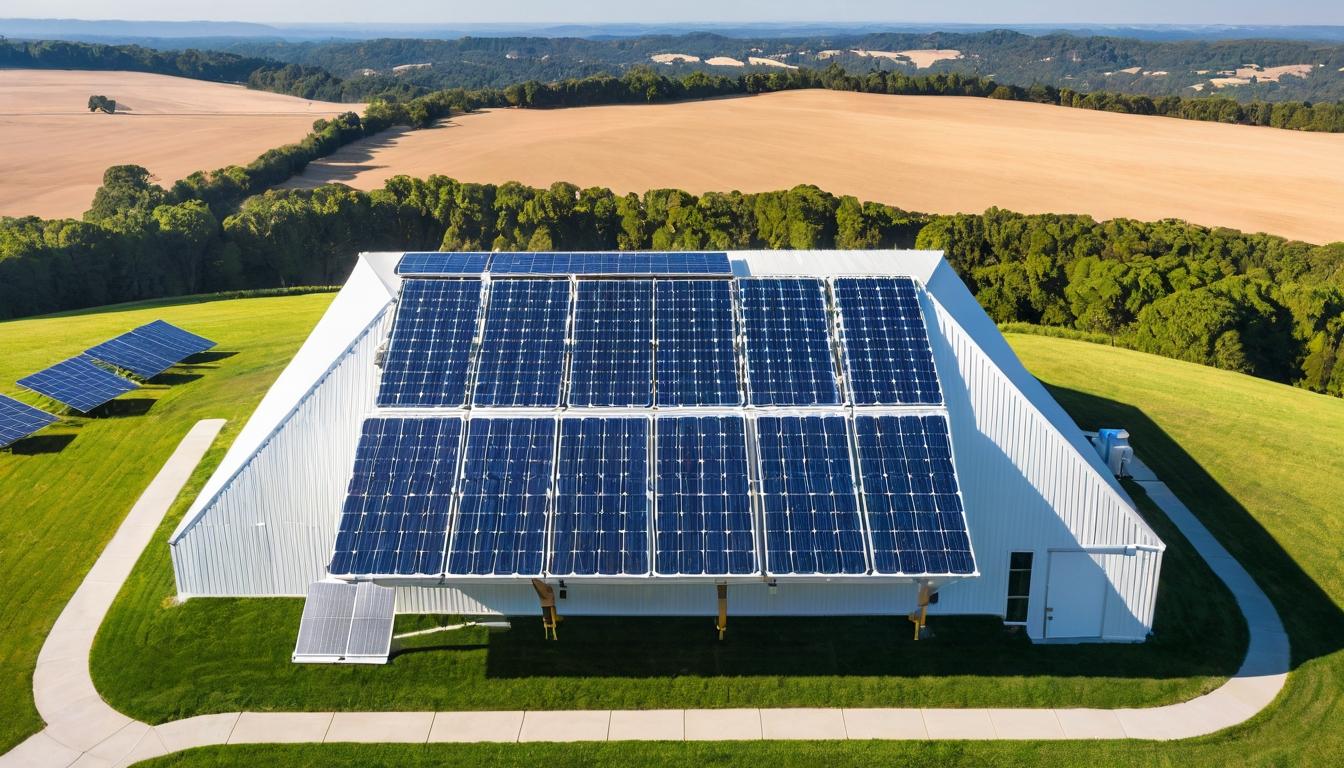While most people focus on solar panel efficiency gains, the real transformation in renewable energy is happening behind the scenes. Across the globe, a quiet revolution in solar financing, grid integration, and manufacturing is reshaping how we power our world—and the changes are happening faster than anyone predicted.
Walk through any major solar conference these days, and you'll hear less about watt-per-dollar ratios and more about something called bifacial panels. These double-sided marvels capture reflected light from the ground or roof surfaces, boosting output by up to 30% without requiring more space. The technology isn't new—NASA used it on satellites decades ago—but manufacturing costs have finally dropped enough to make them commercially viable. Installers from Arizona to Germany are reporting game-changing performance, especially in snowy regions where white surfaces amplify the reflection effect.
Meanwhile, the solar supply chain is undergoing its own quiet transformation. For years, China dominated solar manufacturing with state-supported factories that could outcompete everyone on price. But geopolitical tensions and shipping disruptions have sparked a renaissance in American and European solar production. New factories are springing up in Georgia, Texas, and Tennessee, employing advanced robotics and machine learning to achieve cost parity with overseas competitors. The result? More resilient supply chains and thousands of new manufacturing jobs in regions that desperately need them.
The financing landscape for solar projects has evolved just as dramatically. Remember when solar leases dominated the residential market? Today, power purchase agreements (PPAs) and community solar programs are democratizing access to clean energy. These models allow renters, low-income households, and even businesses with shaded roofs to benefit from solar without installing panels themselves. The growth has been explosive—community solar capacity has quadrupled in the past three years alone, with projects ranging from small-town cooperatives to massive urban installations on warehouse roofs.
Battery storage, once the missing piece of the solar puzzle, is finally coming into its own. The combination of solar panels and lithium-ion batteries is becoming so commonplace that some installers now treat them as a single product. But the real innovation isn't in the batteries themselves—it's in the software that manages them. Advanced algorithms now predict energy usage patterns, weather conditions, and electricity prices to determine exactly when to store solar energy and when to release it back to the grid. The result? Homeowners can save hundreds of dollars annually while providing crucial grid stability during peak demand periods.
Perhaps the most surprising development is how solar is transforming agricultural land. The concept of "agrivoltaics"—combining solar panels with crop production—is gaining traction from Japan to Colorado. Early research shows that certain crops actually thrive under partial shade from elevated solar arrays, requiring less water while still generating clean electricity. Farmers are discovering they can earn more from solar leases than from marginal crops, creating a new revenue stream that helps preserve family farms in an era of climate uncertainty.
The regulatory environment is struggling to keep pace with these innovations. Net metering policies, which once fueled solar adoption by allowing homeowners to sell excess power back to utilities, are being revised across the country. The new battleground involves "value of solar" calculations that attempt to price the true benefits—and costs—of distributed generation. Utilities argue they need to recover grid maintenance costs, while solar advocates point to reduced transmission losses and deferred infrastructure investments. The outcome of these debates will shape solar economics for decades to come.
Looking ahead, the next frontier involves integrating solar with other renewable technologies. Hydrogen production using solar electricity is gaining attention as a way to store energy for longer periods than batteries can manage. Meanwhile, floating solar farms on reservoirs and ponds are solving the land-use debate while reducing water evaporation—a crucial benefit in drought-prone regions.
The solar revolution is no longer just about putting panels on roofs. It's about reimagining our entire energy system, from how we manufacture components to how we distribute and consume power. The technology has moved from niche to mainstream, and the innovations happening today will determine whether we can build a truly sustainable energy future—one sunny day at a time.
The quiet revolution transforming solar energy economics

